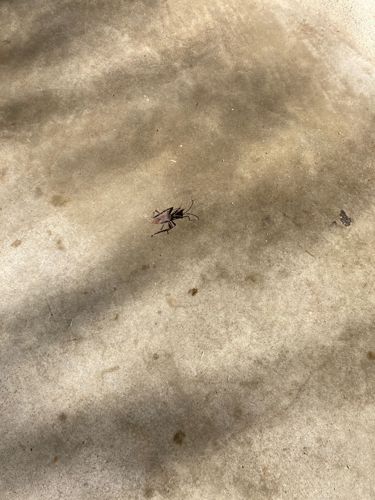Ant
Scientific Name: Formicidae (family)
Order & Family: Hymenoptera, Formicidae
Size: 1-30 mm (most commonly 2-7 mm)

Natural Habitat
Highly adaptable, found almost everywhere on land, from forests and deserts to urban environments. They typically build nests in soil, under rocks, in wood, or even in structures.
Diet & Feeding
Omnivorous; diet varies greatly by species. Many consume nectar, seeds, fungi, other insects, and honeydew produced by aphids. Some are predators, scavengers, or even fungivores (e.g., leaf-cutter ants).
Behavior Patterns
Ants are social insects living in highly organized colonies that can range from a few dozen to millions of individuals. They display complex behaviors such as division of labor (queens, workers, soldiers), communication through pheromones, building intricate nests, and foraging for food.
Risks & Benefits
Risks: Can be pests in homes, contaminate food, and some species (e.g., fire ants) can deliver painful stings or bites. Benefits: Play crucial roles in ecosystems as decomposers, seed dispersers, soil aerators, and as predators or prey for other organisms.
Identified on: 11/17/2025